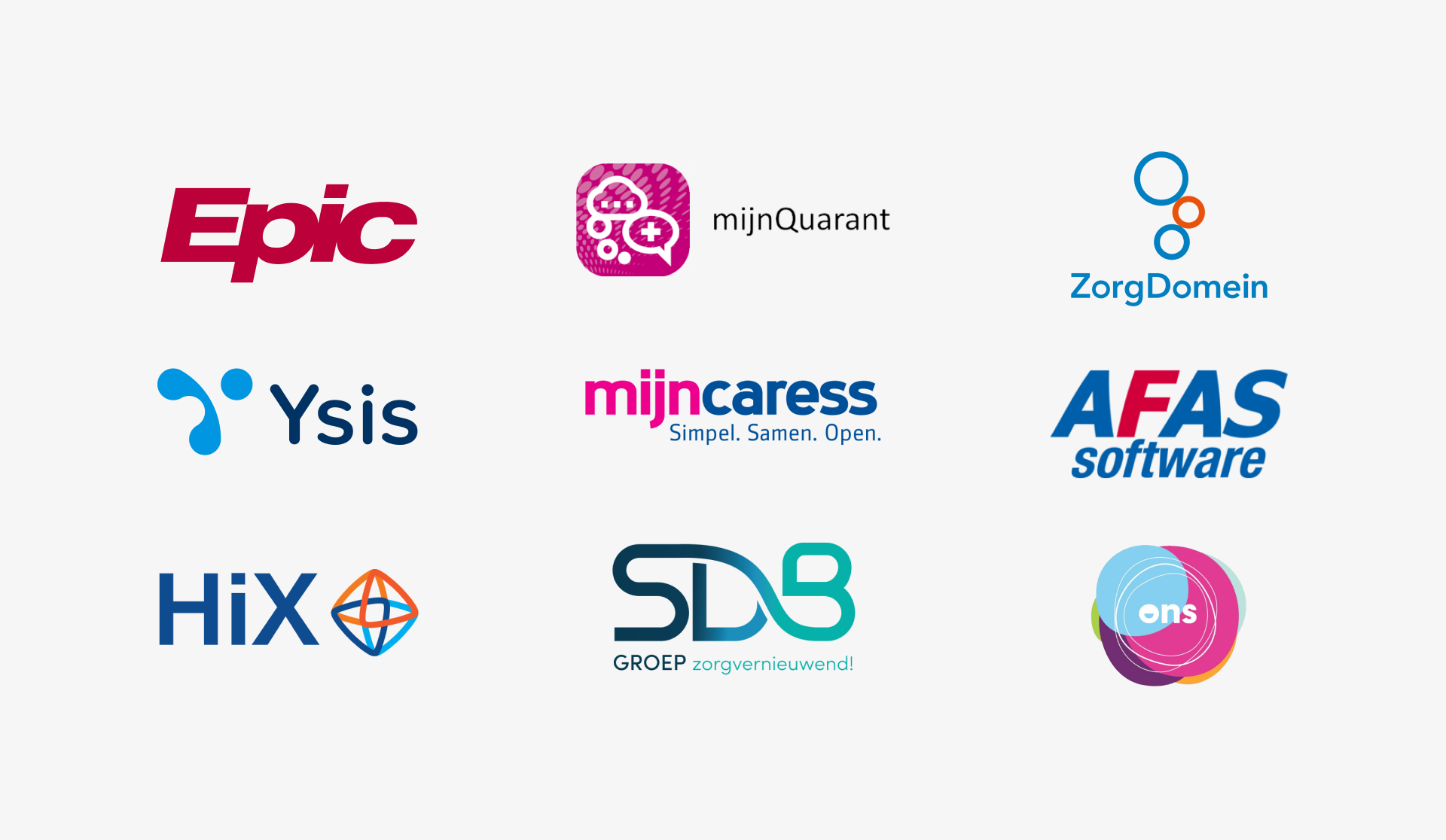The healthcare sector is under pressure. Employees have to deal with high administrative burdens, tight staffing levels and complex, unwieldy systems such as EPDs, ECDs and ERPs. As a result, too much valuable time is lost on tasks that can be done smarter and faster.
With custom solutions in RPA, AI and low-code, Tacstone Technology takes work off the hands of healthcare workers and administrative teams so they can focus on what really matters: good care.
What do our automation solutions deliver?
Less administrative burden
Through more efficient processes, optimally supported for custom technology.
Smarter use of personnel and resources
Advanced scheduling systems and AI-driven insights help alleviate staff shortages and optimize processes.
More time for patients and clients
Automatic information processing and digital assistance provide better support, faster communication and less waiting time.
Seamless integration and future-proofing
Our solutions integrate seamlessly with in-house systems and processes. Now and many years from now.
These healthcare organizations shared their stories...
Examples of smart automation in healthcare
We work with healthcare organizations within Cure & Care to make processes smarter and more efficient. Some successful applications:
More efficient patient care:
- Inpatient supervision of clients and patients, including comprehensive information provision to clients/patients and contacts
- Automatic processing of anamnesis and intake data
- Digital agent (assistance) for employees and clients with questions
- Waiting list management
Better personnel and capacity management:
- Optimal scheduling and planning
- Automatic approval and processing of hours worked
- More efficient intake and onboarding of new employees
Administrative relief:
- Automatic COV checks, mutation processing and claim checks
- Digital contract management systems that are easy to maintain
- Automation of compliance processes and document management

These healthcare institutions went before you
More than 40% of our customers are healthcare institutions and we have knowledge of all specific healthcare applications.
Smart integrations with existing systems
We effortlessly interface with commonly used systems in healthcare, such as Epic, HiX, Ysis, ZorgDomein and countless others. Thanks to smart API integrations and user-friendly UserInterface links, our solutions work with virtually any application, regardless of vendor or system type.
Data is shared automatically and in real time, processes are better aligned and unnecessary duplication of effort is avoided. This optimizes the power of the existing IT environment, without major adjustments or long implementation processes.

How do I get started with robotics, AI and/or low code?
Start with a clear goal: what problem do you want to solve? Keep the rule of thumb: repetitive work → RPA, smart analytics → AI, fast apps → low-code. Always start small, for example with one process that takes a lot of time and adds little value. Run a pilot, measure the results and involve employees for support. Choose tools that fit your IT environment and only scale up when the first steps are successful. With a Discovery approach, Tacstone helps to link goal and approach in concrete terms.
What is the difference between low-code and RPA?
RPA(Robotic Process Automation) fully automates repetitive, rule-driven tasks, often without human intervention. Low-code, on the other hand, focuses on developing interactive apps that employees and clients can work with. Examples of RPA are automated claims or patient enrollment, while low-code solutions are, for example, a client portal or scheduling tool. In practice, RPA and low-code often complement each other. By integrating with AI, the possibilities are becoming broader and smarter.
What differentiates Tacstone from other vendors in healthcare automation and low-code?
Tacstone combines more than 20 years of healthcare industry experience with technical expertise. Many of our professionals have healthcare backgrounds themselves, so they understand the language and challenges of the industry well. This combination makes our solutions practical, safe and immediately applicable. We have experience in all health care sectors, from hospitals to the mental health sector and VVT. In doing so, we take a pragmatic approach: quick results, but always future-proof.
Can AI be used to relieve healthcare professionals of administrative tasks?
Yes, AI can automate many administrative tasks. Consider automated reporting, filling out intake forms or managing records. This reduces the risk of errors and ensures consistent information. It also reduces the administrative burden, allowing healthcare providers to give more attention to their patients. AI thus becomes an important support in daily practice.
Isn't customization much more expensive than standard packages?
It doesn’t have to be that way. Standard packages are often cheaper and faster to implement, provided your processes are a good fit with what the package offers. Once many workarounds or customizations are needed, customization can be more advantageous. Platforms like Mendix, UiPath or Microsoft allow you to build customization quickly and flexibly. That way you get a solution that fits your healthcare process perfectly. In the end, you often save costs by eliminating inefficiencies.
Can low-code be used safely within healthcare with AVG and NEN7510 guidelines?
Yes, reliable low-code platforms are designed to meet these guidelines. Encryption, logging and access management keep data well protected. It is also possible to set up roles and permissions per user. When implemented properly, low-code is therefore just as secure as traditional software. Thus, digitization can safely coexist with the high requirements for data privacy in healthcare.
How is low-code automation different from standard healthcare software or EHR modules?
Standard software often provides a generic solution, but does not always fit specific processes. Low-code actually fills in the gaps and provides customization without replacing your SPD. You retain the basic functionality of existing systems and only add what is missing. This provides flexibility and avoids expensive replacement processes. This way, existing investments are optimally utilized.
What are the key trends in digital transformation and automation within the healthcare industry?
Key trends include the use of AI, low-code and process optimization. In addition, the focus on data security and integration between systems is sharply increasing. These developments reinforce each other and accelerate the digital transition in healthcare. The goal always remains: better care at lower costs. Organizations that invest now are building a head start for the future.
FAQ
Read the answers to the most frequently asked questions here!



